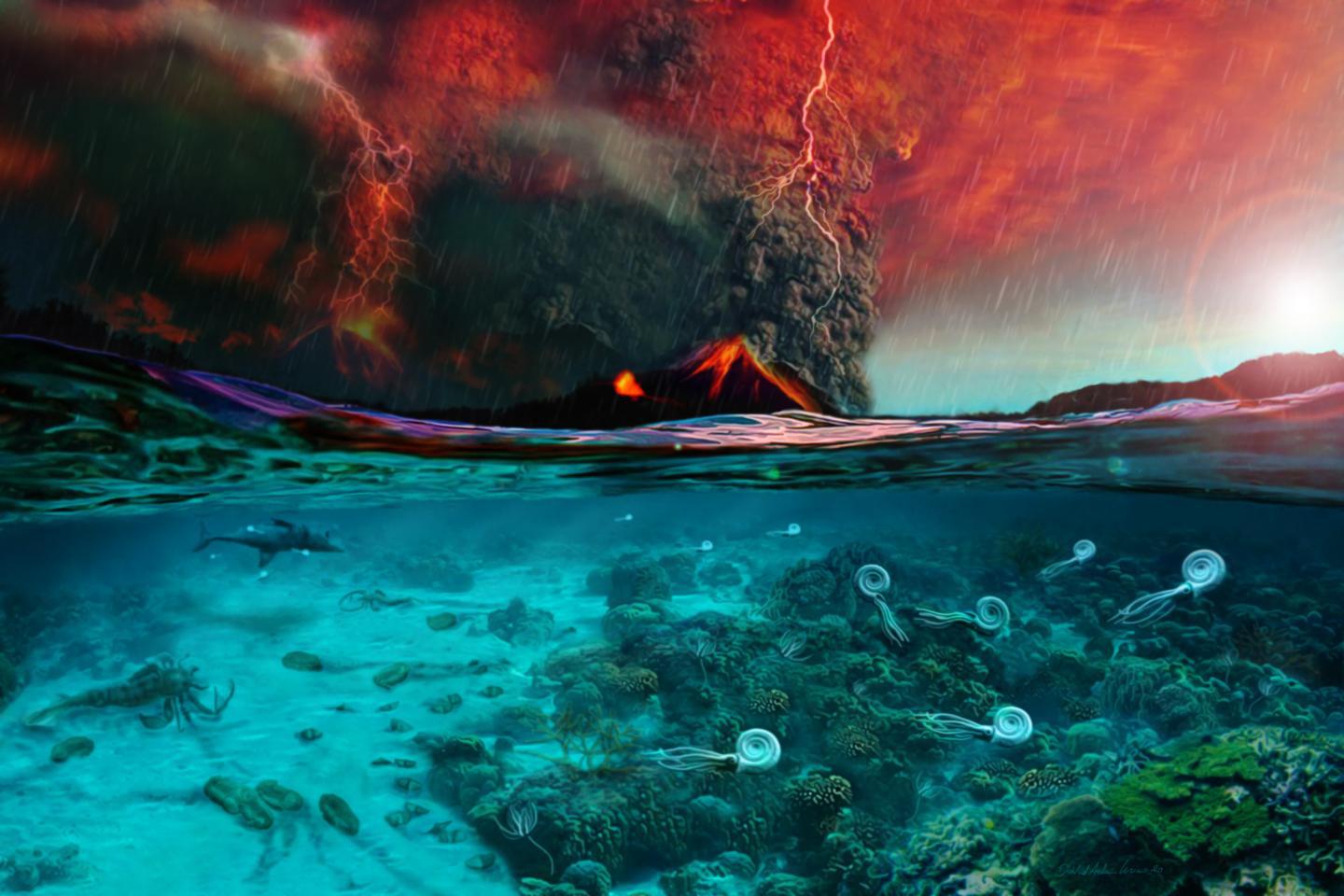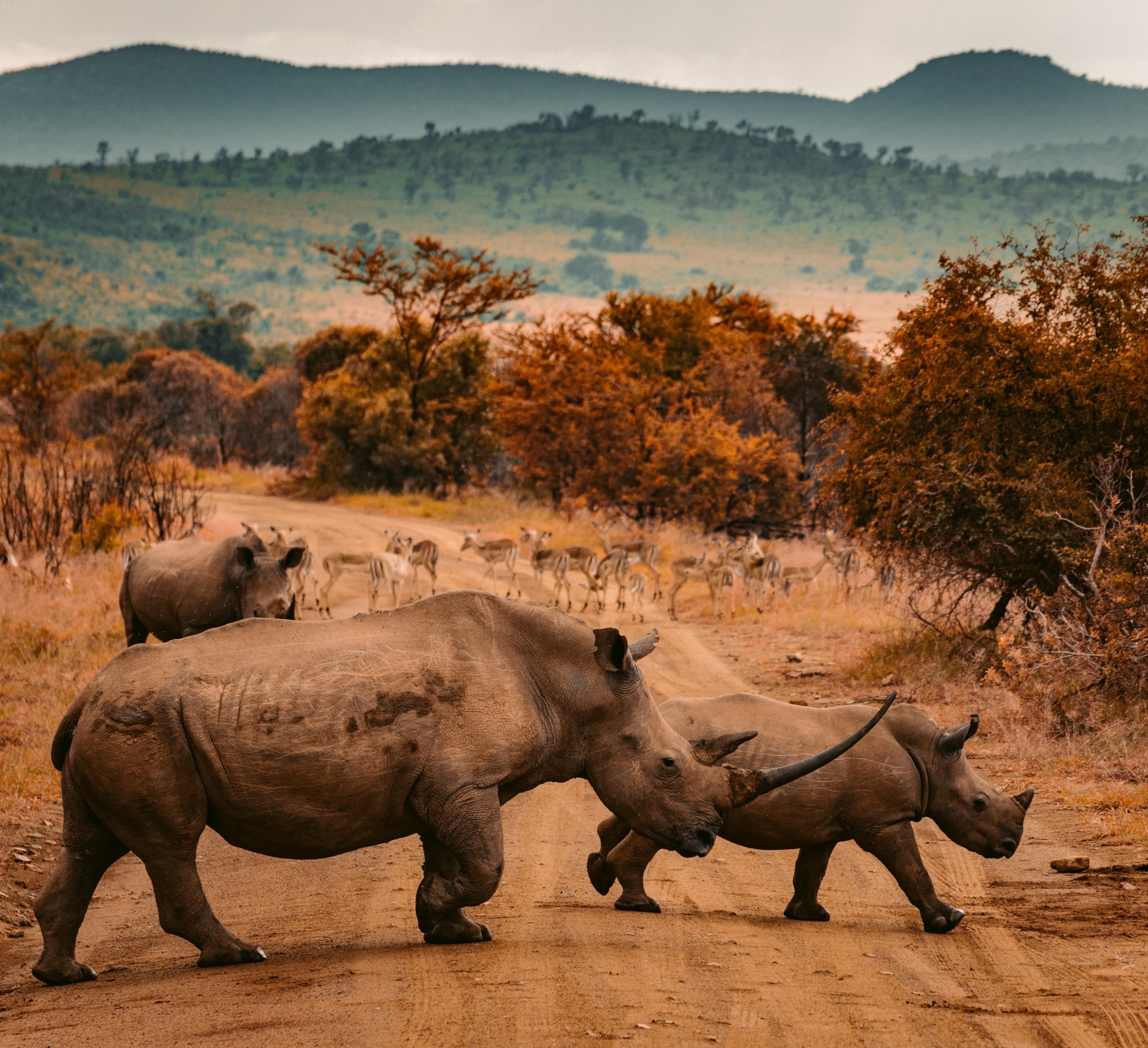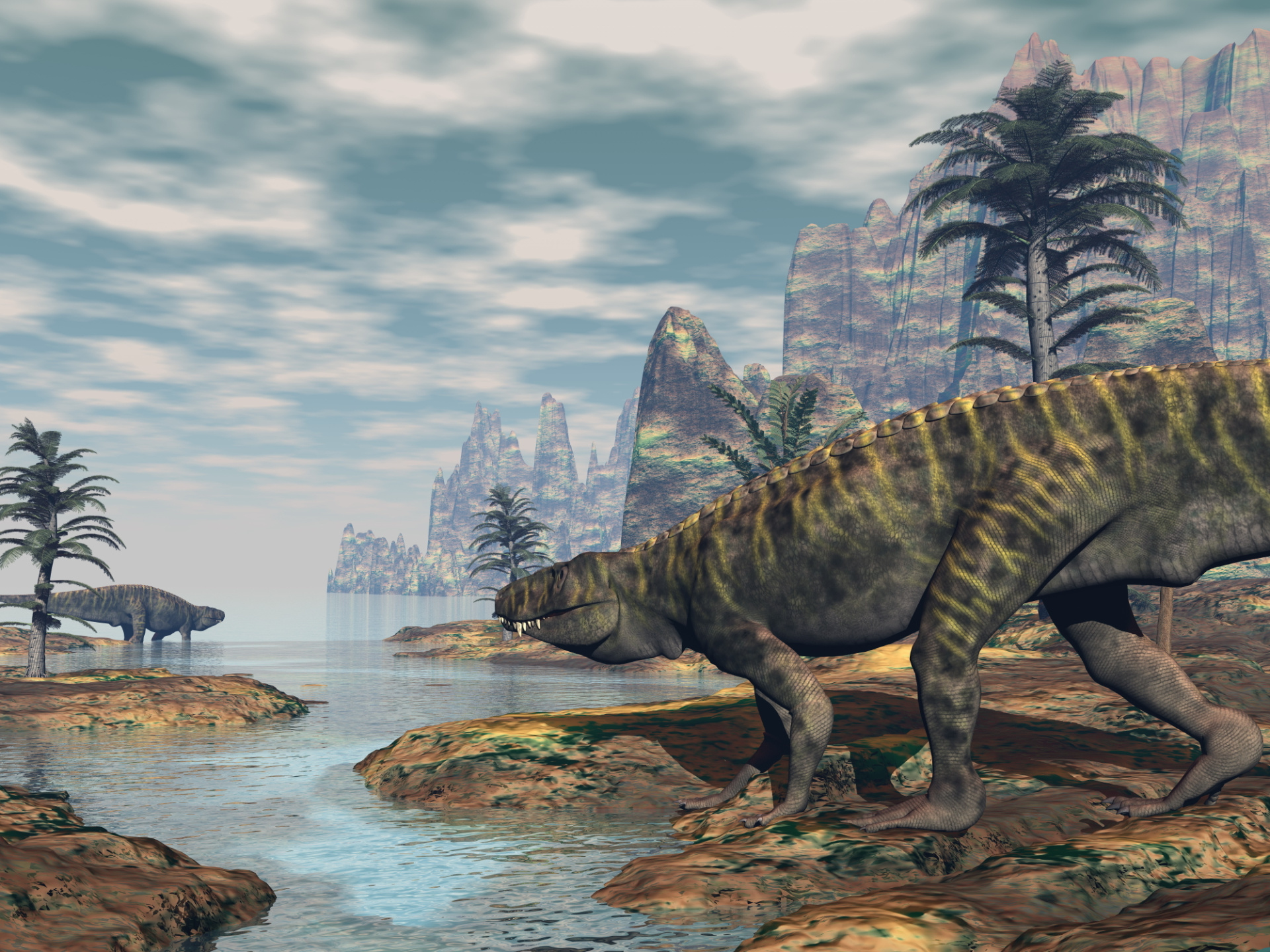Sixth mass extinction: 23 more species declared extinct
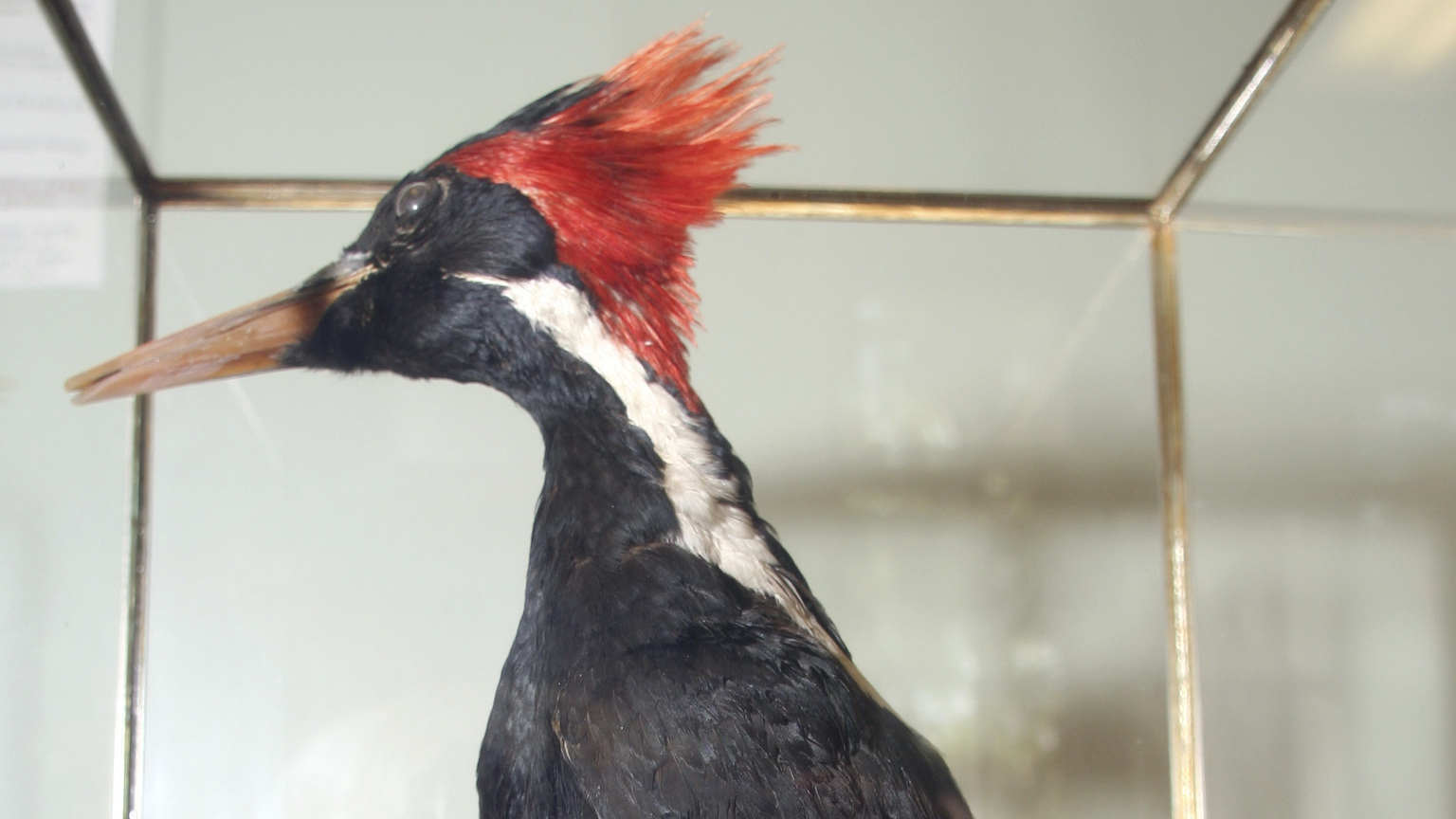
- Twenty-two animals and one plant were formally declared extinct by the U.S. Fish and Wildlife Service.
- The group joins the list of 650 plants and animals in the U.S. thought to be lost to extinction.
- Scientists warn that these are just some of the many species falling victim to a human-caused mass extinction event.
In late September of this year, experts at the U.S. Fish and Wildlife Service (USFWS) proposed that 23 species be removed from the Endangered Species Act (ESA), the primary law in the U.S. protecting species in threat. Their rationale? The species are extinct, and therefore, no longer need protection. The list includes eleven species of birds, eight species of freshwater mussels, two fish, a bat, and a plant from the mint family.
The sobering news highlights a long-standing, grim reality: we are in the middle of the Earth’s sixth mass extinction. The name given to this event, the Anthropocene — from the Greek anthro for “man” — tells the story best: For the first time in Earth’s history, the driving force of this extinction is the activity of a single species: Homo sapiens.
RIP, ivory-billed woodpecker?
Of the species declared extinct, the ivory-billed woodpecker, with its magnificent plumage and conspicuous size, is the most well-known. The third largest woodpecker in the world, the species is iconic of the major old-growth forests in the southeast U.S. The birds, also native to Cuba, fell victim to habitat destruction from intense logging in the 1800s, with populations plummeting by the turn of the century. From the early 21st century until 1944, sightings were sporadic. However, compelling video and audio from 2005, taken in the woods of Arkansas, prompted hope — and spurred search efforts costing millions of dollars — that the ivory-billed woodpecker still lived.
We have a large degree of control over how many species we lose.
The story of the ivory-billed woodpecker illustrates the delicate and difficult nature of declaring a species extinct. While intensive searches for the bird yielded no definitive evidence of a surviving woodpecker, some experts — including John Fitzgerald, a biologist who authored a paper in the journal Science claiming the bird was rediscovered in Arkansas — say that declaring it extinct is premature. He and others argue that it is nearly impossible to fully document the disappearance of a species, yet declaring extinction can be a death sentence in its own right. When a species is removed from ESA protection, funding for efforts to manage habitats suddenly shrinks. Cutting off conservation efforts could affect other species of the hardwood forests that the ivory-billed woodpecker calls (or called?) home. On the other hand, funneling money into what may be a lost cause takes funding away from species that we know still have viable populations, yet which will almost certainly disappear without deliberate conservation efforts.
Given the complexity of removing species from protection, the USFWS has given the public until the end of November to make comments on the proposed list.
Many freshwater mussels are going extinct
The most imperiled group of organisms in North America is perhaps one of the most overlooked and underappreciated. With 70 percent of North American freshwater mussel species at risk of extinction, it is not surprising that they accounted for eight of the 23 species proposed extinct.
Though the group of mollusks is not as publicly revered as more conspicuous vertebrate species, like birds and large mammals, they provide vital ecosystem services. As filter-feeders, they are rivers’ natural biofilters, removing pollution, bacteria, and grime out of the water. They are also a major food source for important river animals, maintaining the integrity of complex ecological interactions. With 300 species, mostly in the vast branching streams of the Mississippi and Ohio Rivers, the U.S. has the highest number of freshwater mussel species in the world. Used by modern and indigenous cultures alike for ornamentation and food, freshwater mussels are an important component of American heritage.
The health of freshwater mussels is largely reflective of the health of the rivers in which they are found. Our extensive dam system, which has affected 600,000 miles of rivers and streams, has been devastating to freshwater species. Dams are designed to transform moving water to still, shallow water, which allows sediment to drop to the bottom of the river and bury mussel beds. Dams also block migration of freshwater species to new areas. Mussels, for part of their life cycle, rely on host fishes to travel upstream. Dams effectively bottleneck this type of fish movement, making it difficult for mussels to make new beds. Along with habitat destruction and modification caused by dams, mussels are also battling invasive species, particularly the zebra mussel and Asian clam, which outcompete native mussels for their main food source, phytoplankton. As a filter-feeder, mussels are very sensitive to increases in pollution and sediment, which has dramatically increased due to run-off from farming, construction, and forestry activities. These threats are compounded by overharvesting of both mussels and host fish for human consumption.
Some of these eight now-extinct mussels, like the flat pigtoe mussel, were only sighted a couple of times, indicating that by the time the species was discovered, it was already nearly extinct. This hints at the sheer number of undocumented freshwater species lost, which may go extinct before we even have a chance to describe them.
Nine species from Hawaii have been lost
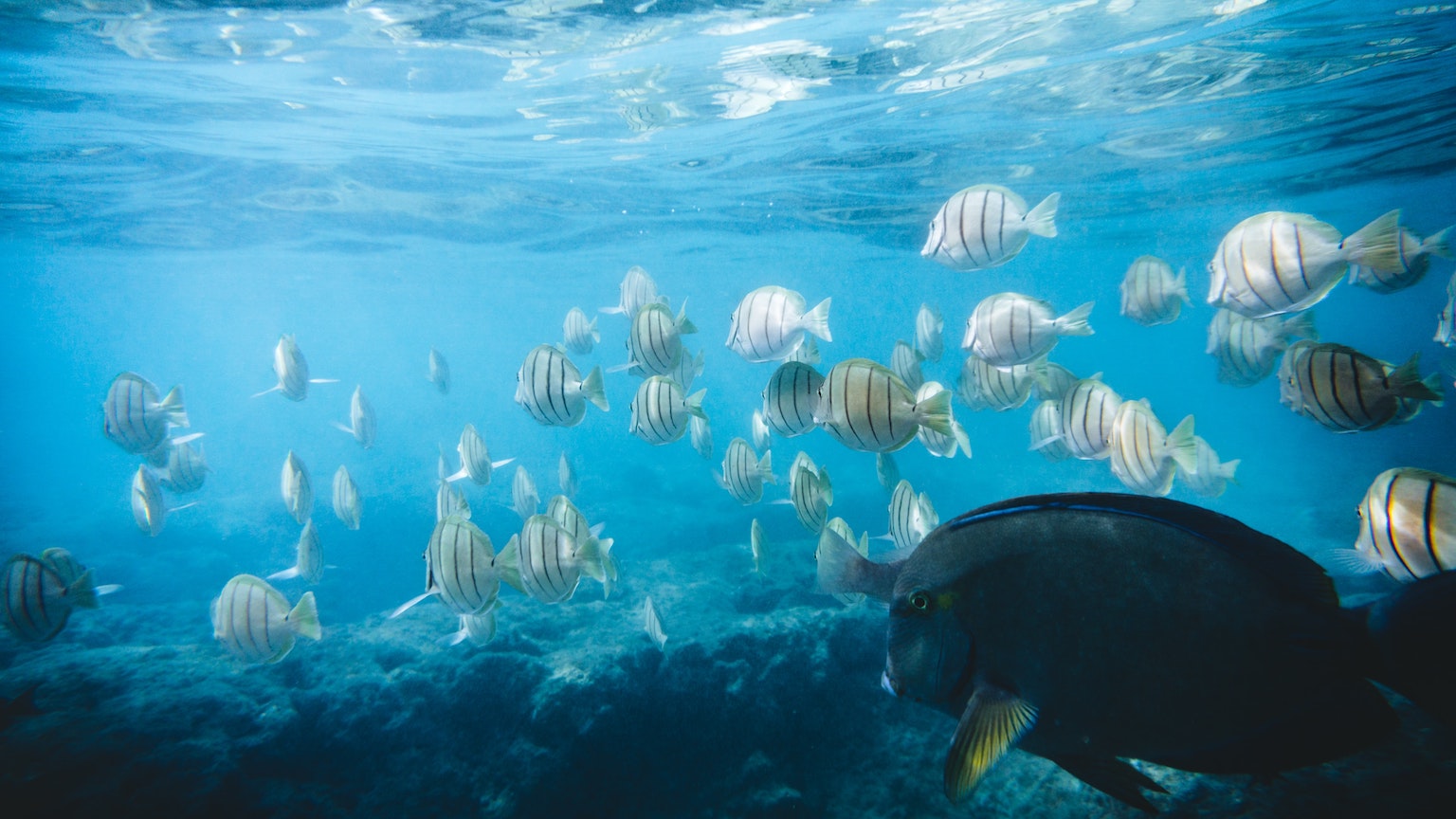
Nearly a third of the species lost were from Hawaii. Though Hawaii boasts unparalleled tropical beauty, it also holds the record for the most extinct birds in the world and has the dubious reputation of being “the extinction capital of the world.”
This is in large part because species on islands like Hawaii are particularly vulnerable to extinction. Along with the fact that island species, due to limited geographic range, tend to have small populations, they do not evolve in the presence of many predators or competitors. This lack of selective pressure has allowed for rapid speciation on islands, resulting in the evolution of some of the most brilliant and stunning plants and animals on the planet. However, these species, as a result, are less resilient to change.
Some Hawaiian birds evolved to be flightless, making their nests on the ground. When rats brought by ships colonized the island, what was a safe place to lay eggs suddenly became very exposed to predation. Invasive predators like rats influenced the decline of some of the eight Hawaiian bird species, like the Kauaʻi ʻōʻō, a small songbird known for its flute-like calls. Other birds on the list, such as several species of honeycreepers, were lost due to simultaneous pressure from habitat destruction and competition with invasive species.
The only plant among the twenty-three species declared extinct is the Hawaiian endemic Phyllostegia glabra var. lanaiensis, a member of the mint family. Last seen in 1914, its populations were devastated from habitat loss and by browsing and tramping from the invasive axis deer.
Hawaii’s situation is particularly troubling. Even though 30 percent of the nation’s listed species are endemic to the island, the state only receives 10 percent of the money appropriated for species recovery. Future, inevitable losses from Hawaii and other islands will mean the disappearance of some of the world’s most striking and peculiar bird and plant species. In general, the amount of funding given to the USFWS, which oversees the implementation of conservation efforts outlined by the ESA, is paltry. Biologists have stressed that, without a substantial increase in resources, they simply will be unable to enact meaningful conservation measures designed to restore populations of the nearly 2,400 species in need of protection.
Mass extinction events
Species extinction is a natural part of the evolutionary life cycle on Earth. Typically, when a species disappears, another evolves to take its place in an ecosystem. The normal rate of extinction — termed the “background” rate — is thought to be about one species per 100 years. However, there are times when the loss of species rapidly outpaces the evolution of new species. Scientists typically define a mass extinction event as a loss of about three quarters of all species in existence across Earth in a period less than 2.8 million years — a relatively short amount of time from a geological perspective.
While background extinctions tend to claim species that have become unfit to sustain populations on Earth, mass extinctions are indiscriminate, affecting all species. Since the Cambrian period 540 million years ago, a time of staggering rates of new species evolution, there have only been five confirmed mass extinction events. Generally, intense climate phenomena, like the onset of ice ages, or rare catastrophes, like asteroid collisions and volcanic eruptions, trigger these planet-changing events.
Biologists still debate the scale of our ongoing sixth mass extinction, but the most conservative estimates reveal that current species losses are somewhere between 100 and 1,000 times higher than typical background rates. The difference between this period and other mass extinctions is that the cause is us. Thus, unlike the case of a sudden, random collision with an asteroid, we have a large degree of control over how many species we lose.

